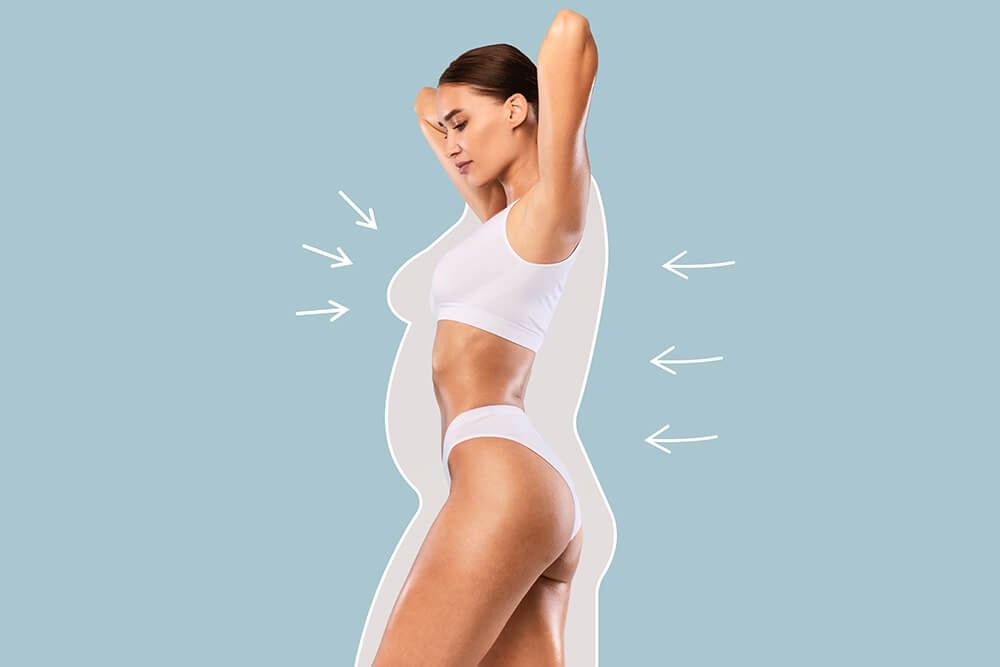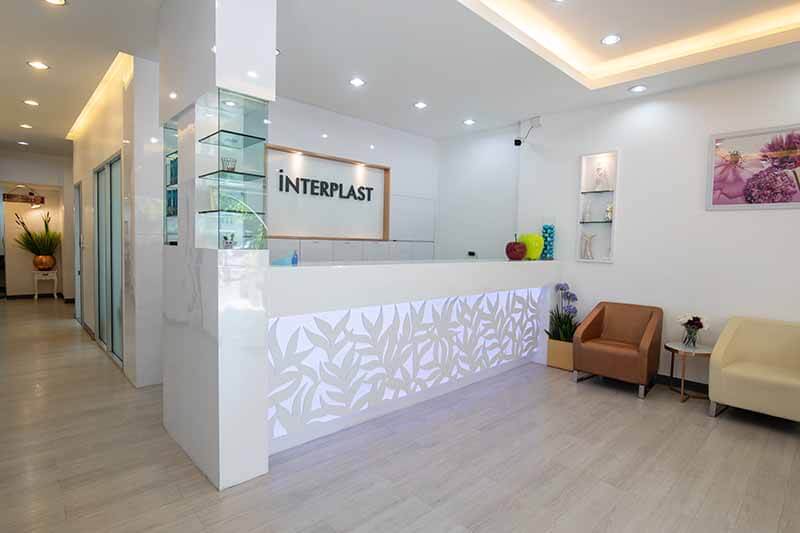What Is a 360 Body Lift?
Table of Contents
A 360 body lift, also known as the circumferential body lift, is a plastic surgery procedure designed to sculpt and redefine the physique, bidding farewell to excess skin and unwanted fat from the lower abdomen, waistline, buttocks, and back.
A 360 body lift is often the preferred choice for patients who are seeking a complete body contouring experience after significant weight loss. The surgery is a great solution against sagging skin, persistent excess fat deposits, and the frustrating lack of muscle definition in the abdominal, waist, or back regions.
While body lift surgery typically focuses on the lower body, targeting areas such as the abdomen, buttocks, hips, and thighs; a 360 body lift, addresses the entire circumference of the body. It extends the treatment to include the lower back, flanks, and sometimes the upper back as well.
How Is a 360 Body Lift Performed?
A 360 body lift is a major surgery and is usually performed under general anesthesia where the patient is asleep during the whole operation.
A 360 body lift involves creating an incision across the entire circumference of the lower body. This incision allows for access to multiple areas simultaneously, ensuring a comprehensive approach to body contouring.
Through this incision, the surgeon will remove excess skin and fat from the targeted areas. This step helps eliminate sagging skin and unwanted fat deposits, revealing a more toned and defined physique. After the removal of excess skin and fat, the remaining skin is carefully tightened and repositioned, and the abdominal muscles are tightened. A liposuction may also be performed for additional contouring.

360 Body Lift Advantages
- Flatter, more defined abdomen
- Smoother, more toned appearance of lower back
- A more defined waistline
- Reduction of stubborn fat deposits (“love handles”) on the sides of the waist

What Is the Difference Between a 360 Body Lift and a Tummy tuck?
A tummy tuck mainly focuses on improving the appearance of the abdominal area. This is done by removing excess skin and fat, and tightening the abdominal muscles. A 360 body lift, on the other hand, involves removing excess fat and skin around the entire waistline as well as the abdomen and back. The surgical time and recovery period for a 360 body lift are also typically longer due to the increased scope of treatment.
Is a 360 Body Lift the Same As a Belt Lipectomy?
Yes, a 360 body lift is essentially the same as a belt lipectomy and the terms “360 body lift” and “belt lipectomy” are often used interchangeably.
Recovery
Recovery can take from a few weeks to several months. Here is a general timeline of the recovery process:
Immediately after the surgery: You will spend one night in the hospital for monitoring. During this time, you will be given pain medication and specific post-operative instructions.
First few days: You can expect some swelling, bruising, and discomfort in the treated areas. It is important to rest at home and limit physical activities during this initial stage. Most patients can resume light activities, such as walking, after the first few days.
First month: Swelling and bruising gradually subside, and you may start noticing further improvements in your body contour.
The next few months: By this stage, the majority of swelling and bruising should have gone. However, it’s important to note that it may take several months to fully heal and to see the final results.
Results
The results of your 360 body lift will be visible immediately after the surgery! However, it may take around 3-6 months before the final results are seen. A 360 body lift provides long-lasting results as long as you maintain healthy dietary and exercise habits.
What Are the Risks?
While the 360 body lift holds the potential for extraordinary results, it’s important to understand that like any surgery it carries inherent risks. These may include adverse reactions to anaesthesia, bleeding, infection, poor wound healing, scarring, and changes in skin sensation. Additionally, as with any aesthetic procedure, individual factors such as your overall health and lifestyle may influence the outcome.














